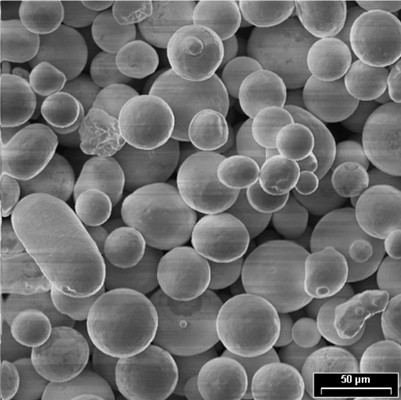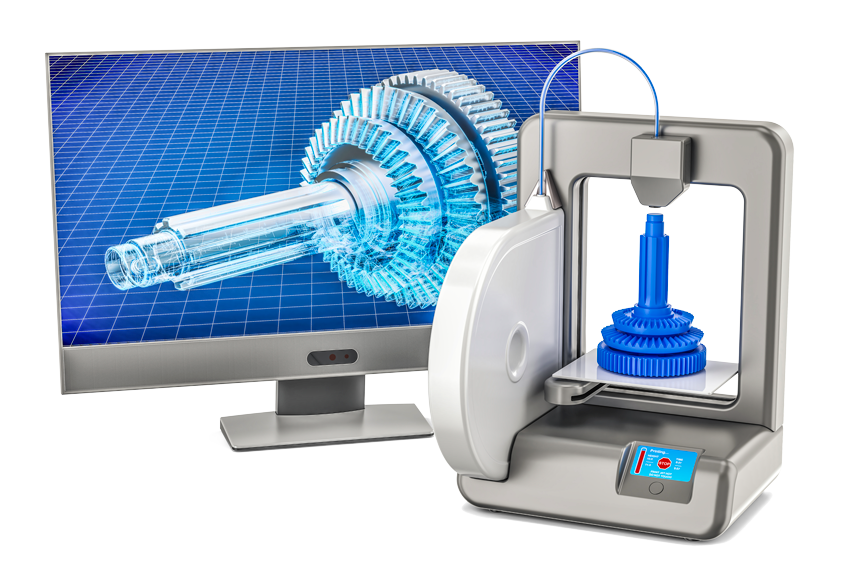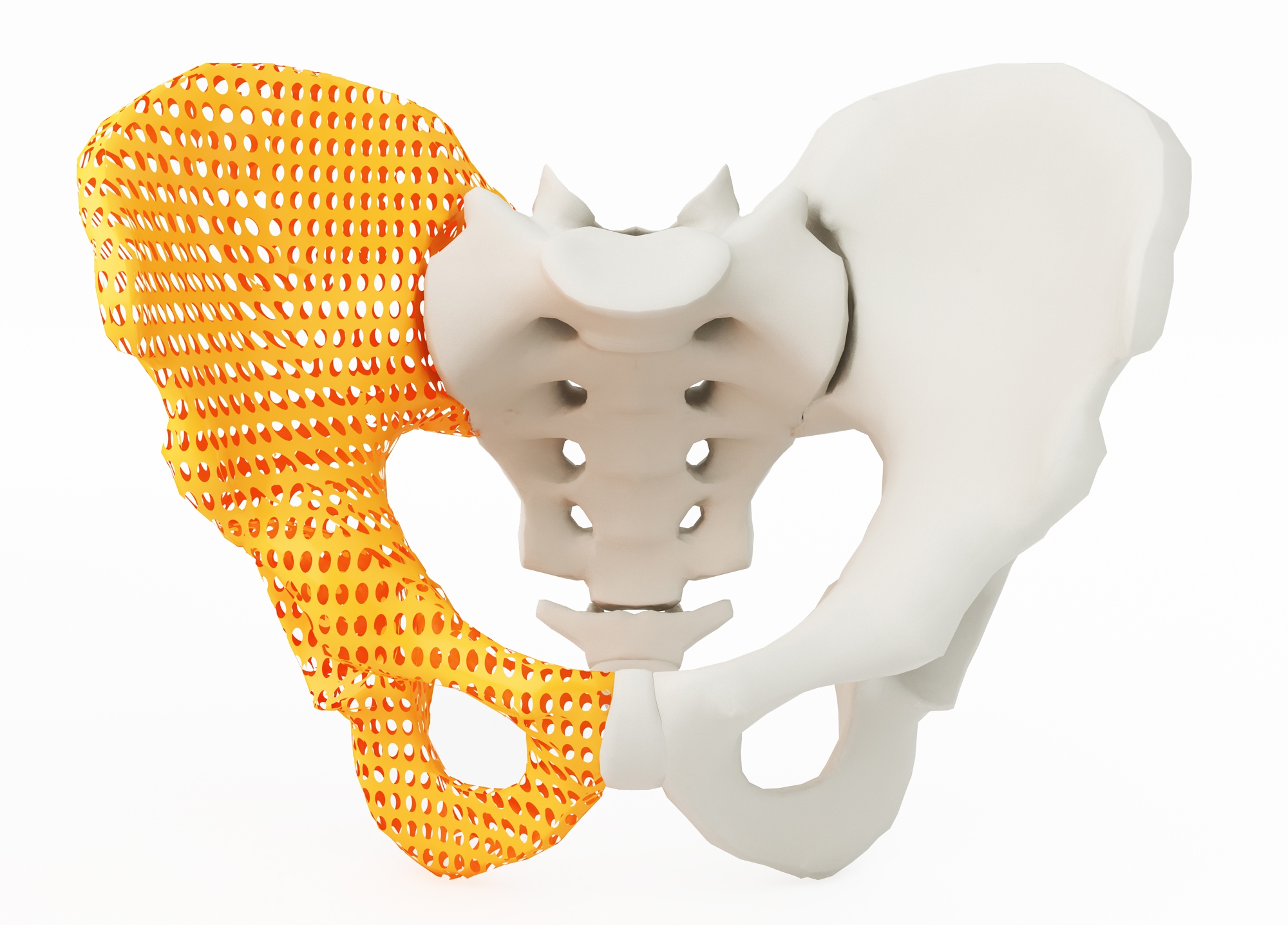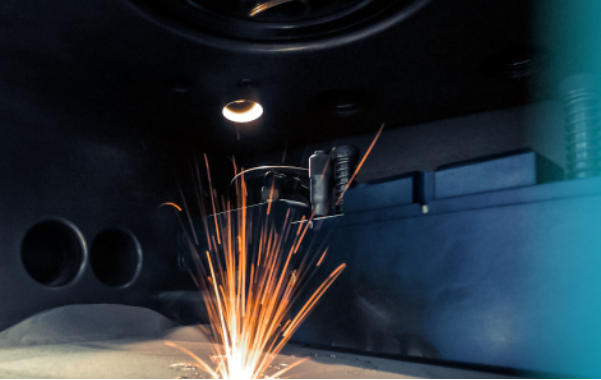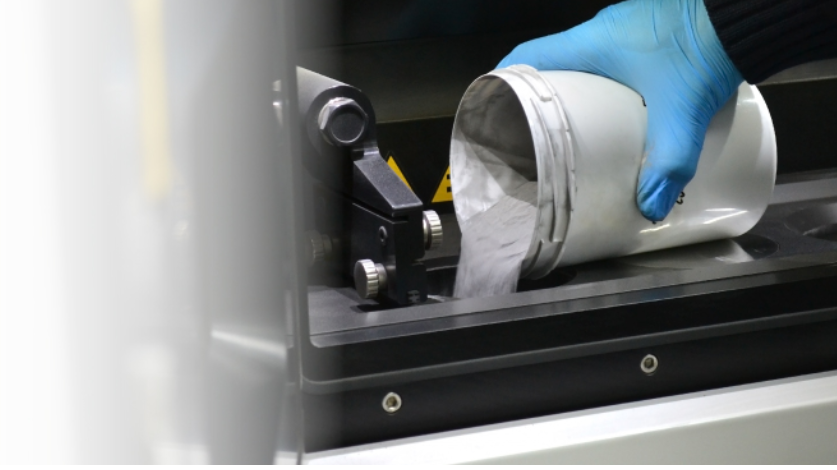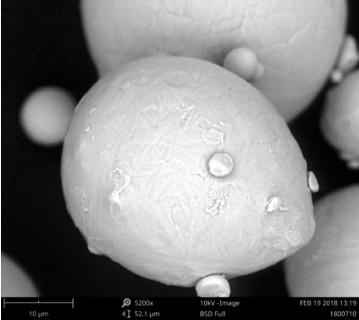Additive manufacturing (AM) and its continuing evolution offers substantial potential benefits to industry and promises to write the newest chapter in the industrial revolution.
AM, sometimes referred to as 3D printing, offers a vast improvement in manufacturing technology with its ability to produce complex designs on demand. These designs include very intricate internal channels and elaborate lattices, providing superior strength to the product and greater single-piece functionality, while substantially reducing weight as compared to traditional subtractive manufacturing methods.
Although traditional subtractive manufacturing processes such as CNC machining may be more suited to higher volumes and can be less expensive per part than AM, they work by removing material from a larger block to achieve the final desired form. These traditional processes, therefore, can lead to a significant waste of material and, importantly, they lack key and revolutionary abilities that AM can offer such as the creation of hollow and porous products, the incorporation of two or more additional materials, and fast prototyping.


